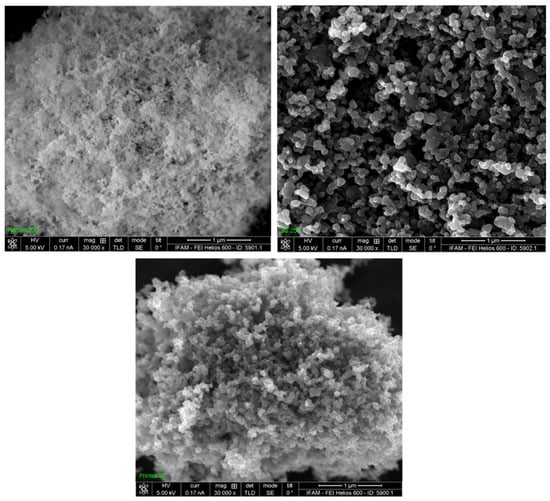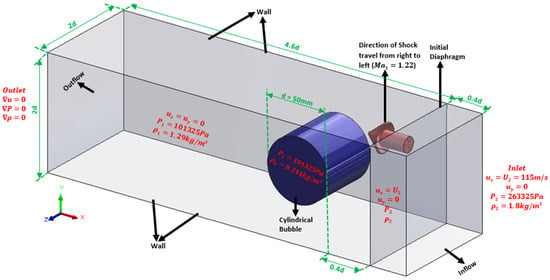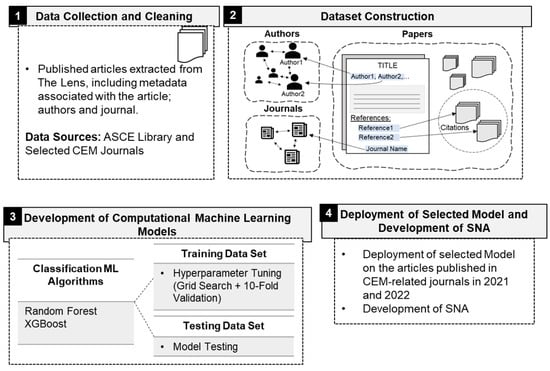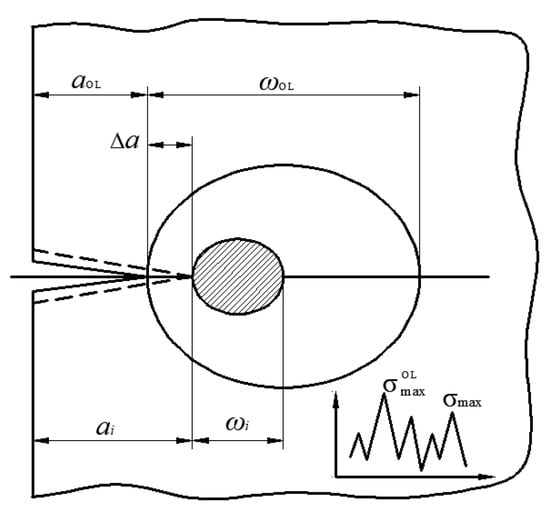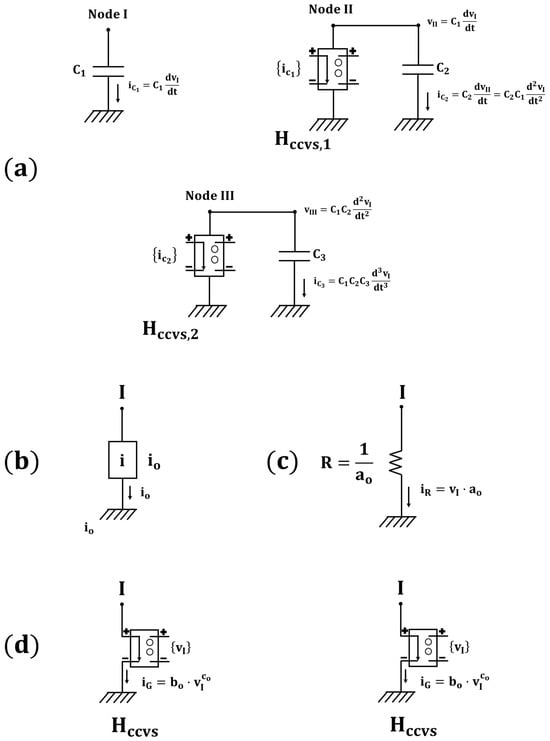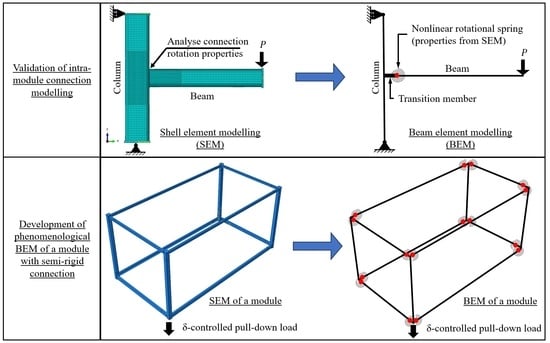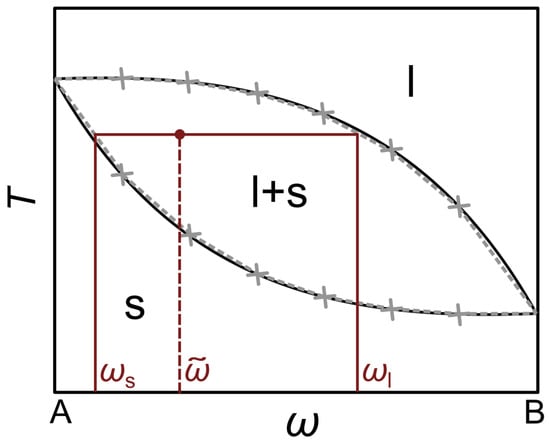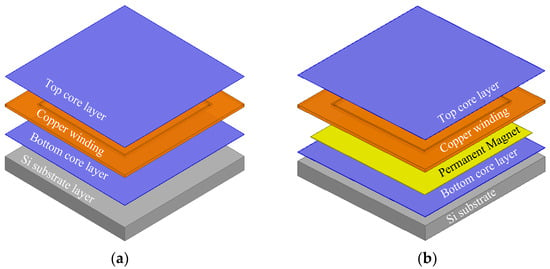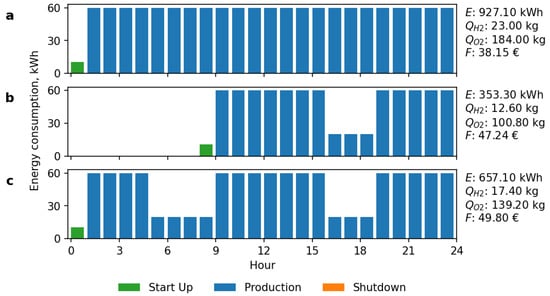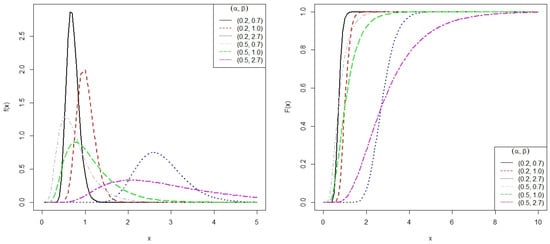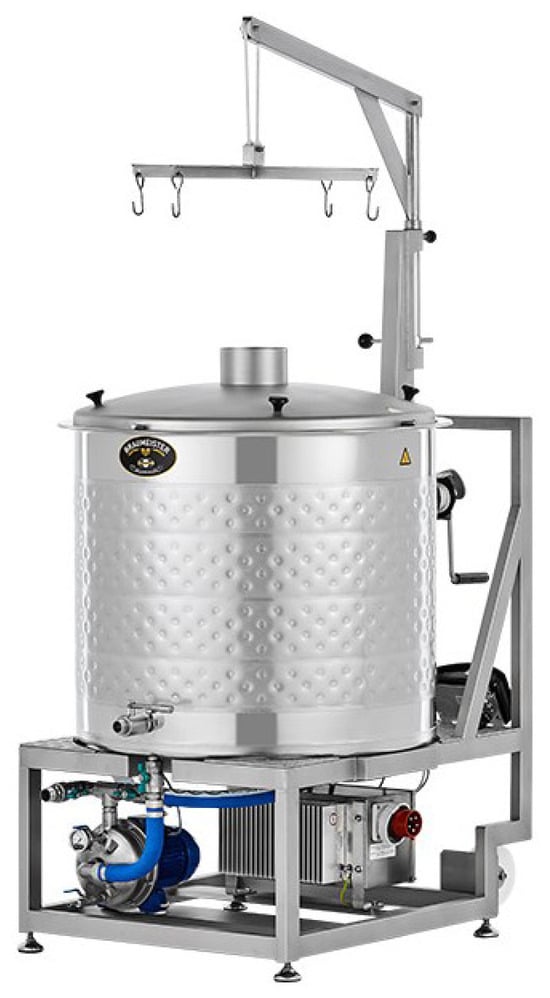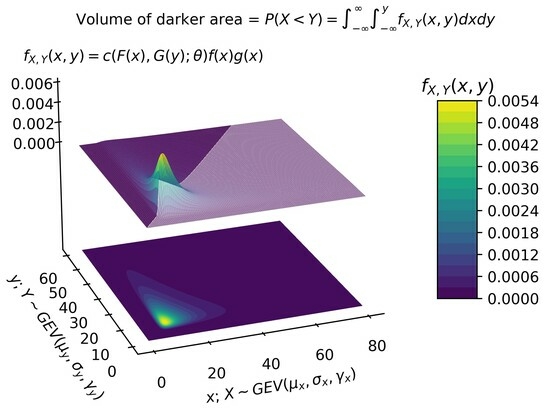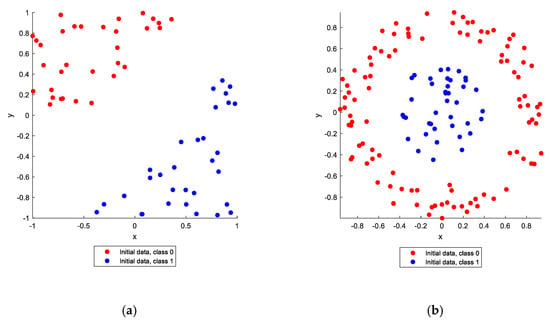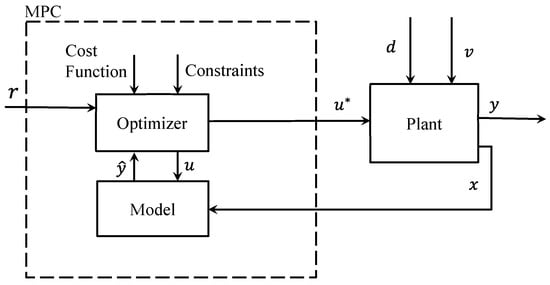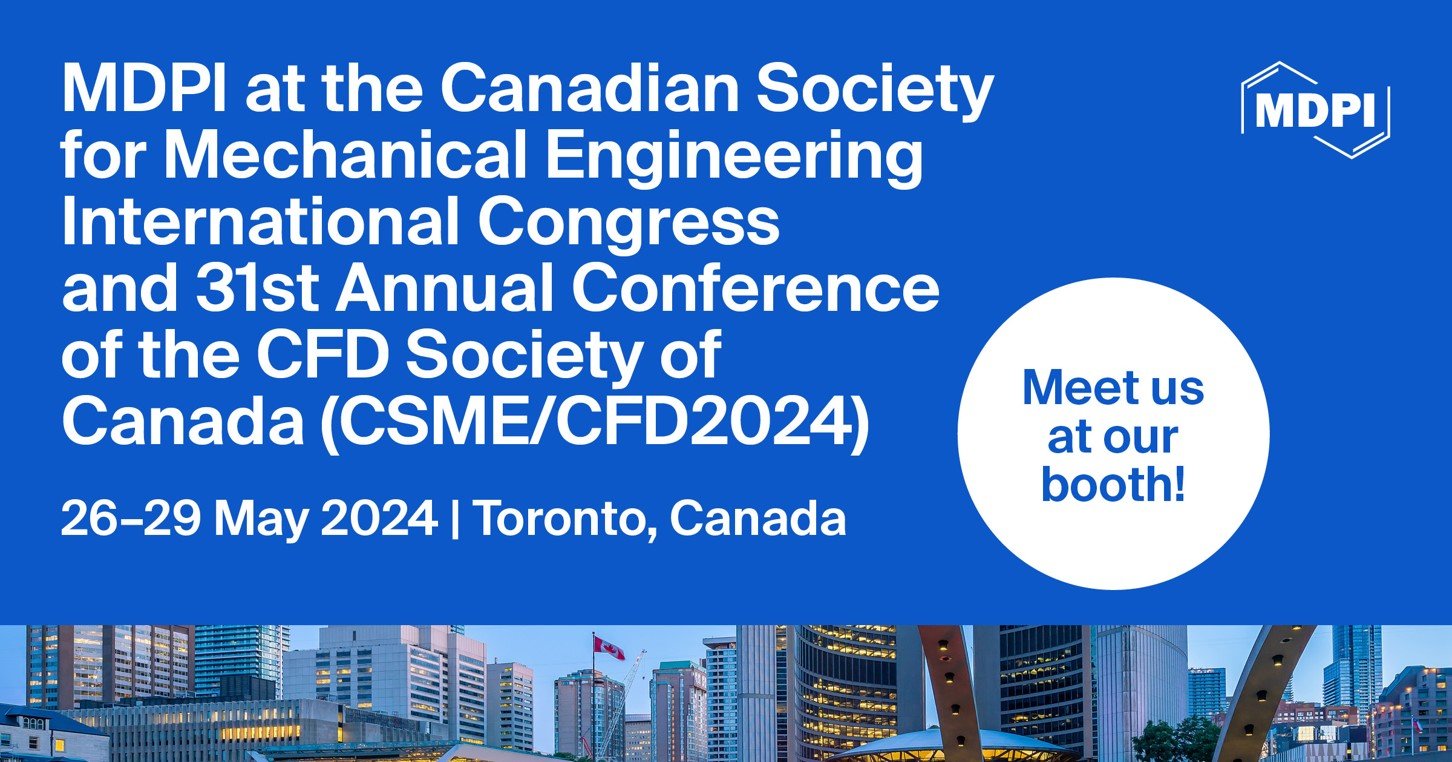-
 DIAG Approach: Introducing the Cognitive Process Mining by an Ontology-Driven Approach to Diagnose and Explain Concept Drifts
DIAG Approach: Introducing the Cognitive Process Mining by an Ontology-Driven Approach to Diagnose and Explain Concept Drifts -
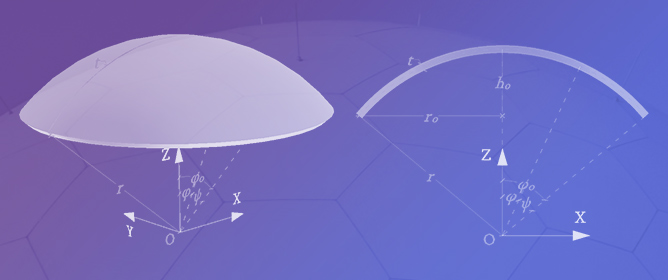 Finite Element In-Depth Verification: Base Displacements of a Spherical Dome Loaded by Edge Forces and Moments
Finite Element In-Depth Verification: Base Displacements of a Spherical Dome Loaded by Edge Forces and Moments -
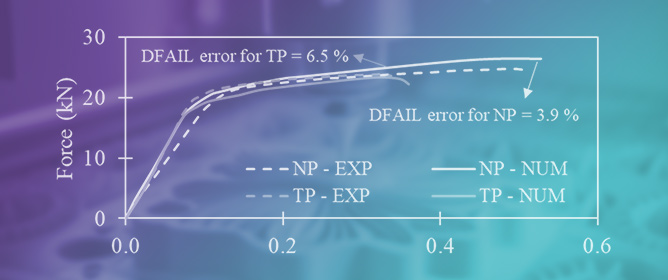 Machine Learning-Assisted Characterization of Pore-Induced Variability in Mechanical Response of Additively Manufactured Components
Machine Learning-Assisted Characterization of Pore-Induced Variability in Mechanical Response of Additively Manufactured Components -
 Stepwise Regression for Increasing the Predictive Accuracy of Artificial Neural Networks: Applications in Benchmark and Advanced Problems
Stepwise Regression for Increasing the Predictive Accuracy of Artificial Neural Networks: Applications in Benchmark and Advanced Problems -
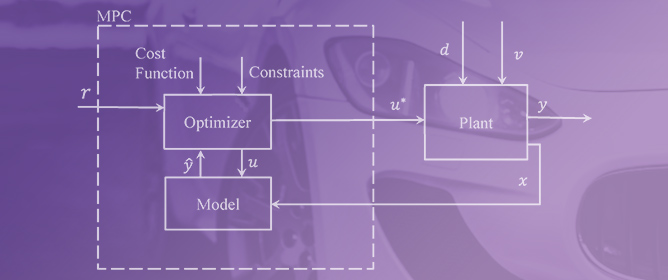 Controller Design for Air Conditioner of a Vehicle with Three Control Inputs Using Model Predictive Control
Controller Design for Air Conditioner of a Vehicle with Three Control Inputs Using Model Predictive Control
Journal Description
Modelling
- Open Access— free for readers, with article processing charges (APC) paid by authors or their institutions.
- High Visibility: indexed within ESCI (Web of Science), Scopus, EBSCO, and other databases.
- Rapid Publication: manuscripts are peer-reviewed and a first decision is provided to authors approximately 15.8 days after submission; acceptance to publication is undertaken in 2.8 days (median values for papers published in this journal in the second half of 2023).
- Recognition of Reviewers: APC discount vouchers, optional signed peer review and reviewer names are published annually in the journal.
Latest Articles
E-Mail Alert
News
Topics
Deadline: 31 July 2024
Deadline: 30 August 2024
Deadline: 31 October 2024
Deadline: 31 December 2024
Conferences
Special Issues
Deadline: 30 June 2024
Deadline: 31 October 2024
Deadline: 30 November 2024
Deadline: 31 December 2024



